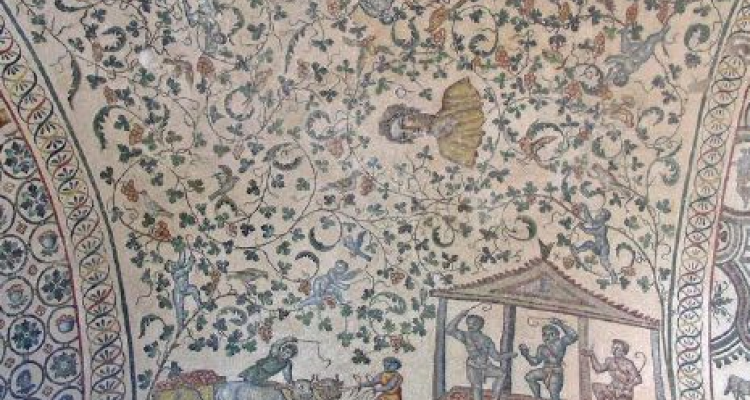
Colloquium
Modeling the Influence of Climate Instability on Agricultural Yields in the Roman Empire
By Marthe Deij
Abstract
This interdisciplinary study uses crop growth models to understand the impact of climate change on past societies through its effects on agricultural yields, taking Roman Italy as a case study and focusing on Triticum aestivum, Triticum durum, and Vitis vinifera Syrah. Using crop growth models, I simulate yields during the Roman Climatic Optimum (RCO) and explore potential yield ranges for the transitional period, and the Late Antique Little Ice Age (LALIA). Modern climate data is used for simulations, using the LINTUL crop model for wheat and the STICS crop model for grapes.
The study confirms the effectiveness of modern data in modeling crop yields during the RCO. For wheat, the LINTUL model demonstrates varied yields under specific conditions, primarily influenced by precipitation levels. Lower spring temperatures show a modest rise in yields due to the modern data skewing towards even warmer conditions than the RCO. Predicting lower yields in later Roman periods aligns with lower precipitation and temperature. Grape yields, modeled with STICS, highlight temperature as a key determinant. Our method encountered challenges in using simulations based on modern data to understand agricultural yields during the LALIA when temperature ranges were significantly lower than spring temperatures in the modern dataset. One location with modeled grape yields displays less bias towards warmth and shows a strong correlation between temperature and yields. Similar trends are expected in other locations during colder periods. Paleoclimatic data supports the fact that modern data is not representative of the colder and drier periods, emphasizing the need for further research.
Wheat and grapes' vital role in Roman society is emphasized, and the analysis underscores that climate vulnerability could have impacted the lives of both the rich and poor. In conclusion, this interdisciplinary study sheds light on the historical image of climate, enhancing understanding of past agricultural systems. The findings contribute to discussions on societal resilience and vulnerability to climate instability, offering insights into potentially one of the reasons that the Western Roman Empire collapsed.